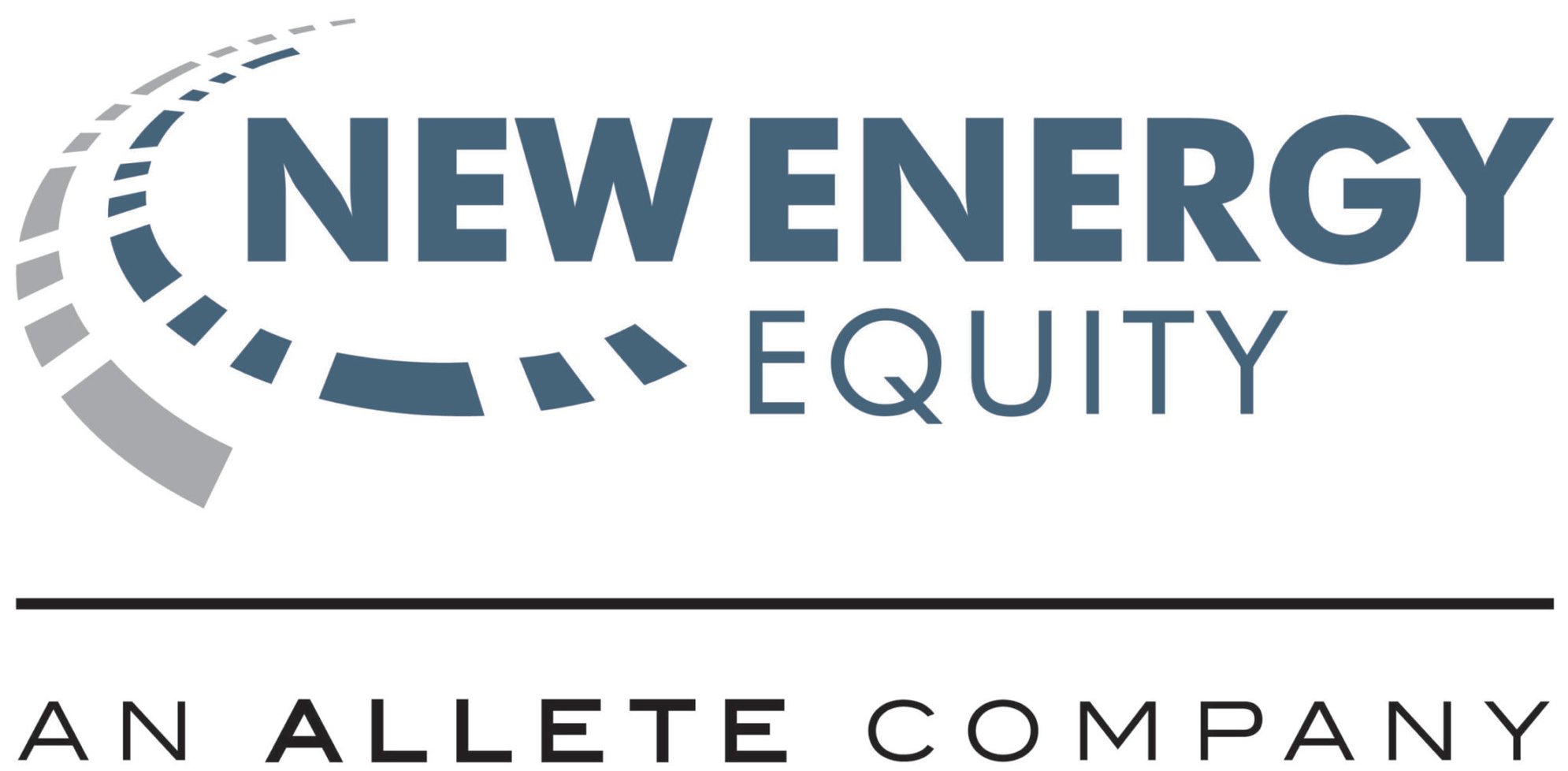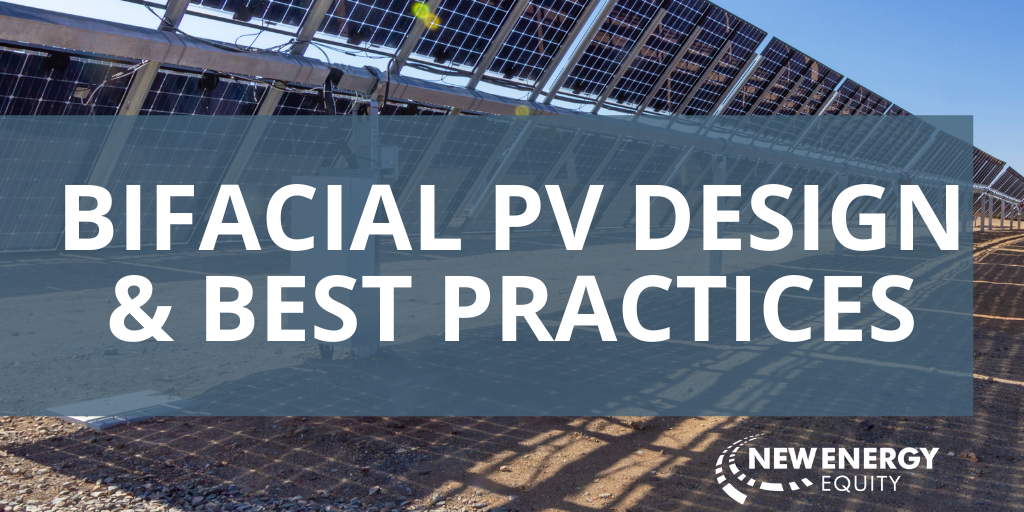New Energy Insights
- Home /
- New Energy Insights /
- Bifacial PV Design & Best Practices
We are living through an information revolution where technology is quickly and constantly adapting to new innovations. In the solar industry, this is reflected through the improvement of solar cell design and efficiency. One of the most notable among these improvements is the development and commercialization of bifacial modules, which can capture energy from both the front and rear sides of the panel. As with their monofacial counterparts, the performance of bifacial modules depends on system design choices, installation methods, and environmental conditions – all of which are explored in this article.
How Do Bifacial Solar Panels Work?
The core idea behind bifacial modules is simple – instead of just using one side, why not use both? In practice, however, there is a multitude of factors that play into the implementation of bifacial modules. On a fundamental level, bifacial modules work just like monofacial modules - incident sunlight is absorbed by the semiconductor layers in the solar panel and generates an electric current. The principle difference is the bifacial module’s ability to harness solar energy by both direct and indirect solar rays. This is made possible by the addition of a passivated layer on the rear side of the cell, like the front side, in combination with a transparent backside material that allows light to enter from the rear side. Bifacial modules are designed to let in more light. The extra passivation layer increases the amount of sunlight that can be converted to electricity, increasing the cell’s efficiency. The most common type of bifacial module cell design used today is referred to as a PERC cell (Passivated Emitter and Rear Cell); its basic structure is shown in Figure 1.

Figure 1: Structure of a PERC cell (Passivated Emitter and Rear Cell) 2
How Much Additional Energy Do Bifacial Cells Produce?
Now that we have a grasp of how bifacial cells can capture energy from backside irradiation, the question becomes just how much additional energy do these cells produce and how can we optimize energy gains through system design?
To answer this question, we can break it down into several parts:
What additional sources of irradiation are present?
Bifacial modules can absorb sunlight from the following sources which are depicted in Figure 2:
- direct irradiation
- irradiation reflected off the ground onto the front side
- irradiation reflected off the ground onto the backside
- diffused radiation from surroundings
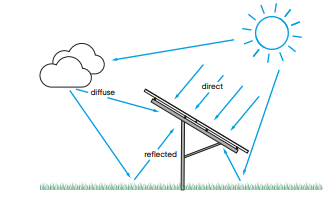
Figure 2: Irradiation sources for a bifacial module1.
What design parameters will be influential in determining how much of the irradiation is available to the solar panel?
Albedo: The albedo of any surface is defined as the ratio of reflected light to incident light. Albedo is perhaps the most influential factor over the increased yield produced by bifacial PV systems. Anyone who has experienced a painful “snow burn” on their face after a day spent skiing can attest that the amount of sunlight reflected from high-albedo surfaces like snow is not to be taken lightly.
Figure 3 below shows the results of a field study conducted by Jinko Solar 6 comparing various ground types, their respective albedos, and corresponding energy generation gains. White paint with the highest albedo of 80-85% expectedly produced the greatest energy gains at 19%, and grass with an albedo of 10-20% produced 7% energy gain 6. Due to the significant influence of albedo on system production, location and environmental conditions are of even greater consequence for bifacial modules than monofacials.

Figure 3: Relationship between rear side energy gain and albedo based on Jinko’s field project (Location: Haining, installation height: 1.2m, angle: 30°) 6.
Mounting Considerations: In addition to environmental factors such as albedo, the type of system mounting also has a great effect on the added gain from bifacial modules. Figure 4 compares the simulated energy gain from various systems, showing that bifacials produce a substantial gain, especially when used in combination with Single Axis Tracker (SAT) systems 6. Regardless of what type of racking is used, shading caused by racking elements should be eliminated wherever possible to maximize rear irradiance.

Figure 4: Simulation result of various system configurations and energy gain (Location: Haining, Albedo = 0.35) 6.
Row-to-row distance (Pitch/GCR): The distance between adjacent rows of trackers is known as the pitch or GCR, Ground Coverage Ratio – the ratio of module area to land area. This distance directly corresponds to how much surface area is available for incident sunlight to reflect off of the ground onto the backside of the modules. So, it follows that increasing the pitch increases backside irradiation as shown in Figure 5 7. For both monofacial and bifacial systems, increasing the pitch also reduces shading between rows. The study conducted by Jinko referenced above has found that the bifacial gain increases with decreasing GCR (increasing row-to-row distance) and that gains begin to level out at ~10% additional energy around 30% GCR as per Figure 6 6. In this example, further decreasing the GCR could still marginally increase energy generation, but the added value could be outweighed by the added cost of additional leased land this would require.

Figure 5: Effect of pitch on backside irradiation 7.
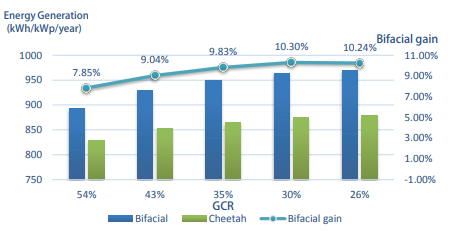
Figure 6: Correlation between bifacial energy gain and GCR (Location: Haining, angle: 30°, albedo = 0.3) 6.
Height: Similar to the pitch, increasing the height at which modules are mounted directly increases the amount of incident backside radiation, as it allows reflected light from a larger surface area to reach the module. Research has found that increasing the height between 0.5 and ~1.2 meters greatly increases the energy gain as shown in Figure 7 6. In this example, increasing the height beyond 1.2 meters still increases energy gain but at a much lower rate. At this point, the costs of additional racking material may begin to outweigh the energy benefits. The exact height at which bifacial gains saturate and the quantity of energy at which this occurs depends on system-specific design choices and environmental factors, however, these general relationships will hold.

Figure 7: The effect of module installation height on bifacial energy gain (Location: Haining, angle: 30°, albedo = 0.3) 6.
Tilt angle: For fixed-tilt systems, increasing the tilt angle leads to greater irradiance on the rear side of the module, and so increases bifacials gains (however at steeper angles this will begin to reduce front side gains). Some systems have taken this effect to the extreme, with modules mounted in a totally vertical fashion, as exemplified by a project in Germany shown in Figure 83. This has the effect of capturing more energy in the early morning and late afternoon and reducing peak production values during midday when the sun is directly overhead 8. This should see reduced clipping losses compared to a typical fixed-tilt or tracker system.
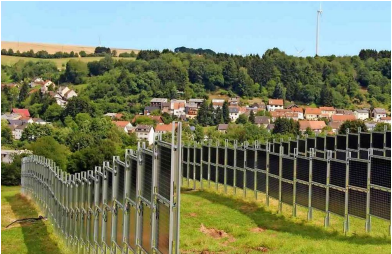
Figure 8: A 1 MWp DC vertically mounted east-west bifacial PV system, located in Germany 3.
DC/AC ratio and inverter considerations: The added energy gains from bifacial modules effectively increases the DC/AC ratio, as more DC power is being produced with each module compared to monofacials with the same nameplate power rating. Incorporating bifacials will thus increase the overall operating efficiency of the inverters, as they will be outputting closer to their maximum AC rating a larger portion of the year. However, the counter effect of this is that clipping losses (wasted energy!) during peak production hours will also increase. Generally, these losses are still less than the added gains from bifacial production, so bifacial is still worth the switch5, 6. A visual representation of the increased yield produced by bifacial modules in contrast to clipping losses is shown in Figure 9 – here the total energy produced can be visualized by taking the area under each curve. Simulations can be performed, using PVsyst or other yield prediction software, to determine the DC/AC ratio which will maximize year-round energy production while minimizing clipping losses. Essentially, a bifacial system with a lower DC/AC ratio will perform equivalently to a monofacial system with a higher DC/AC ratio – bifacial modules give you more bang for your buck.

Figure 9: Visual representation of Energy production over time for bifacial and monofacial systems, showing clipping loss and bifacial gain 5.
How Much Additional Energy Do Bifacial Cells Produce?
As we have seen, there are many things to consider when contemplating the use of bifacial modules - below is a short list of some of their advantages and disadvantages:
Advantages:
- Bifacial energy gains lead to greater specific production (kWh/kWp) and consequently greater system efficiency compared to monofacial modules.
- Reduced LCOE (Leveraged Cost of Energy) in $/kWh due to added bifacial production.
Disadvantages:
- Increased cost from greater installation heights in an optimized system – requires more racking material.
- More acreage is required for optimal row-to-row spacing.
Bifacial Modules on the Global Scene
Over the past several years the amount of bifacial solar installations has seen rapid growth on a global scale. Installed capacity grew globally from only 97 MW in 2016 to over 2,600 MW in 2018, an increase of 2,580 percent in just two years [9]. Continuing this trend, between 2019 and 2024 the bifacial market is forecasted to increase tenfold 9. While incentives and subsidies can differ regionally, the main drive of the implementation of bifacial modules has been their steadily decreasing cost, ever approaching that of their monofacial counterparts. Additionally, monofacial module manufacturing plants can be easily overhauled for bifacial production, reducing the initial cost of supply buildup which is typically a steep hump for new technologies.
In 2019, the overwhelming majority of installed bifacial systems were located in Asia. China has been the traditional leader of the bifacial market due to its Top Runner program which incentivizes new technologies. Asia’s percentage share of total global installed capacity is expected to decrease as the U.S. and other countries ramp up acquisition and use of bifacial modules. In the U.S., the Section 201 tariff exemption on imported bifacial solar modules implemented in 2019 has been a critical factor in the growth of the U.S. bifacial market 9. A solar market burdened with high module prices due to import tariffs and small domestic manufacturing scale is now seeing an improved supply chain, with bifacial modules made in Southeast Asia now having a significant price advantage. Over the next 5 years, bifacial installations in the U.S. are expected to increase from approximately 500 MW in 2019 to over 7,000 MW in 20249.
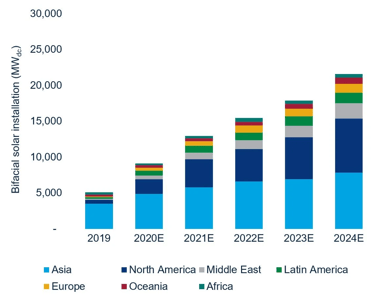
Figure 10: Forecast of global annual installed bifacial solar capacity, 2019-2024 (MW dc) 9.
Conclusion
It is clear that bifacial modules have real potential for designing more efficient solar systems, and that there are many factors influencing their performance. While this performance will vary from project to project, the use of bifacial modules without changing any design choices will produce increased yields across the board. However, consideration of environmental and economic factors must be taken for each project to determine if bifacial modules are worth the added cost and to maximize financial profits. Perhaps the greatest challenge remaining is to reinforce the bankability of bifacial systems compared to monofacial systems – their history is much shorter and validation of bifacial energy modeling is not as generally accepted in the industry yet. New Energy Equity is excited to be part of this new change in the solar industry and has adopted bifacial modules as a standard design choice across several project portfolios. Overall, bifacial modules are a very promising technology and should be expected to slowly become the norm in the solar industry.
How Can New Energy Equity Help You Reach Your Solar Goals?
REFERENCES:
- https://www.q-cells.us/na/main/resources/download/whitepaper~whitepaper~.html
- https://www.lg.com/global/business/download/resources/solar/Bifacial_design_guide_Full_ver.pdf
- https://solar-media.s3.amazonaws.com/assets/Pubs/Webinars/JinkoSolar%20webinar%20-%207%20October%202019/PV%20Tech%20Webinar%20-%207%20October%202019%20-%20Slides%20JinkoSolar%2C%20DNV%20GL%2C%20PI%20Berlin.pdf
- https://www.dnv.com/article/bifacial-pv-technology-technical-considerations-186095
- https://solaren-power.com/pdf/Calculating-Additional-Energy-Yield-Through-Bifacial-Solar-Technology.pdf
- https://d3v4wxb38fic2f.cloudfront.net/marketing/web%20images/JinkoSolar_Bifacial%20White%20Paper.pdf
- https://soltec.com/wp-content/uploads/2019/11/BiTEC-whitepaper-4_en.pdf
- https://www.semprius.com/bifacial-solar-panels/#Vertical
- https://www.greentechmedia.com/articles/read/bifacial-solar-market-set-to-grow-tenfold-by-2024
Stay up-to-date with New Energy Equity by joining our mailing list.
